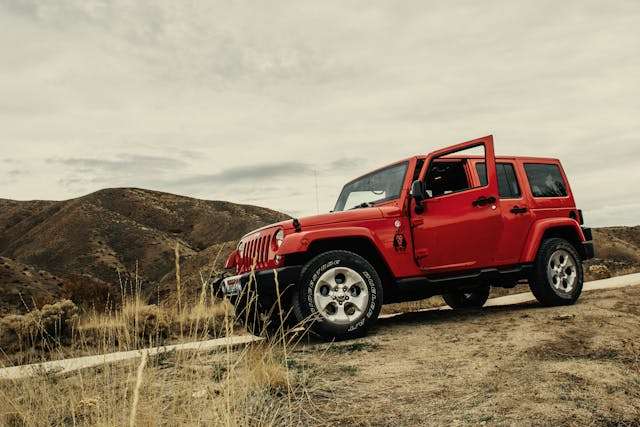
During the 2000s, automakers created many incredible concepts. Almost every company had a collection of the craziest cars, some of which appeared only to show the world what their brilliant engineers were capable of.
There were such concepts in the Jeep portfolio. One was called the Hurricane, and two Hemi V8 engines were installed on its frame – one on each axle. The Indy Auto Man used Jeep dealership experts to offer an overview of the Hurricane’s several more unique features that stood out incredibly.
Jeep Hurricane concept
Around the mid-2000s, Chrysler, the parent company of Jeep, was going through a renewal period. Trying to forget about the sleepy 1990s forever, which captured the early 2000s, Chrysler led the movement to create futuristic models. This desire was reflected in the concepts released during those years. And the Hurricane was one of them. It was supposed to show how extreme Chrysler and Jeep could be, not to mention attention-grabbing concepts have always been a great advertising tool for manufacturers.
The Jeep Hurricane concept debuted at the 2005 Detroit Auto Show, surprising the automotive world with its unique powertrain. It consisted of two Hemi V8 engines, one on each axle, connected to produce close to 700 horsepower, which twenty years ago was a fantastic figure. The concept also featured a four-wheel steering system that made the Jeep so agile that it could make zero-radius turns. This feature was called ZTR, or Zero-Turn Radius. But the main thing is that the Hurricane was very successful in achieving its main goal – attracting attention. It immediately began to receive awards: Popular Science’s “Best of What’s New” award, an Autoweek award, an IDEA Silver Award, etc. Unfortunately, the Hurricane was never planned for production. First of all, because of the high cost of producing an SUV with two V8s and a four-wheel steering chassis. By the way, the engines that were supposed to power the Hurricane were standard Chrysler 5.7-liter Hemi V8s, with cylinder deactivation technology. For this unique configuration to work, they had to be mounted very high, freeing up space for four-wheel steering and sufficient ground clearance. The gearbox was also a regular one – a five-speed automatic Chrysler. The transfer case was developed exclusively for the Hurricane.
Incredible off-road performance
Although the Hurricane was one of the first concepts with four-wheel steering, Chrysler did not produce the all-wheel steering chassis, although it owned the corresponding patent. Instead, the system development was transferred to MillenWorks. The system had two modes, the first of which allowed all four wheels to turn diagonally, that is, to go into the so-called “crab mode”, and the second turned the axles in opposite directions, which allowed the use of the already mentioned Zero-Turn Radius. The off-road performance was impressive. Especially when compared to other Jeep models of that time. The 2005 Wrangler boasted approach, departure, and breakover angles of 41.8, 31.3, and 22.3 degrees, respectively. The Hurricane concept surpassed all of these figures. Not to mention that the Hurricane had 5.5 inches more ground clearance than the standard Wrangler.
Concept goals and achievements
The design of the car is in harmony with its purpose. A kind of futuristic buggy to conquer the lunar deserts. It’s a pity it was not destined to become generally available – the design is too complex, and production would be too expensive. However, the engineering and technical solutions patented during the development can always be applied in the company’s mass-produced models. For example, the 2025 Wrangler received the Hurricane Line 6 engine. Named after a classic Jeep engine, this modern version is available in several configurations and is designed to serve a diverse array of Jeep and Ram models.